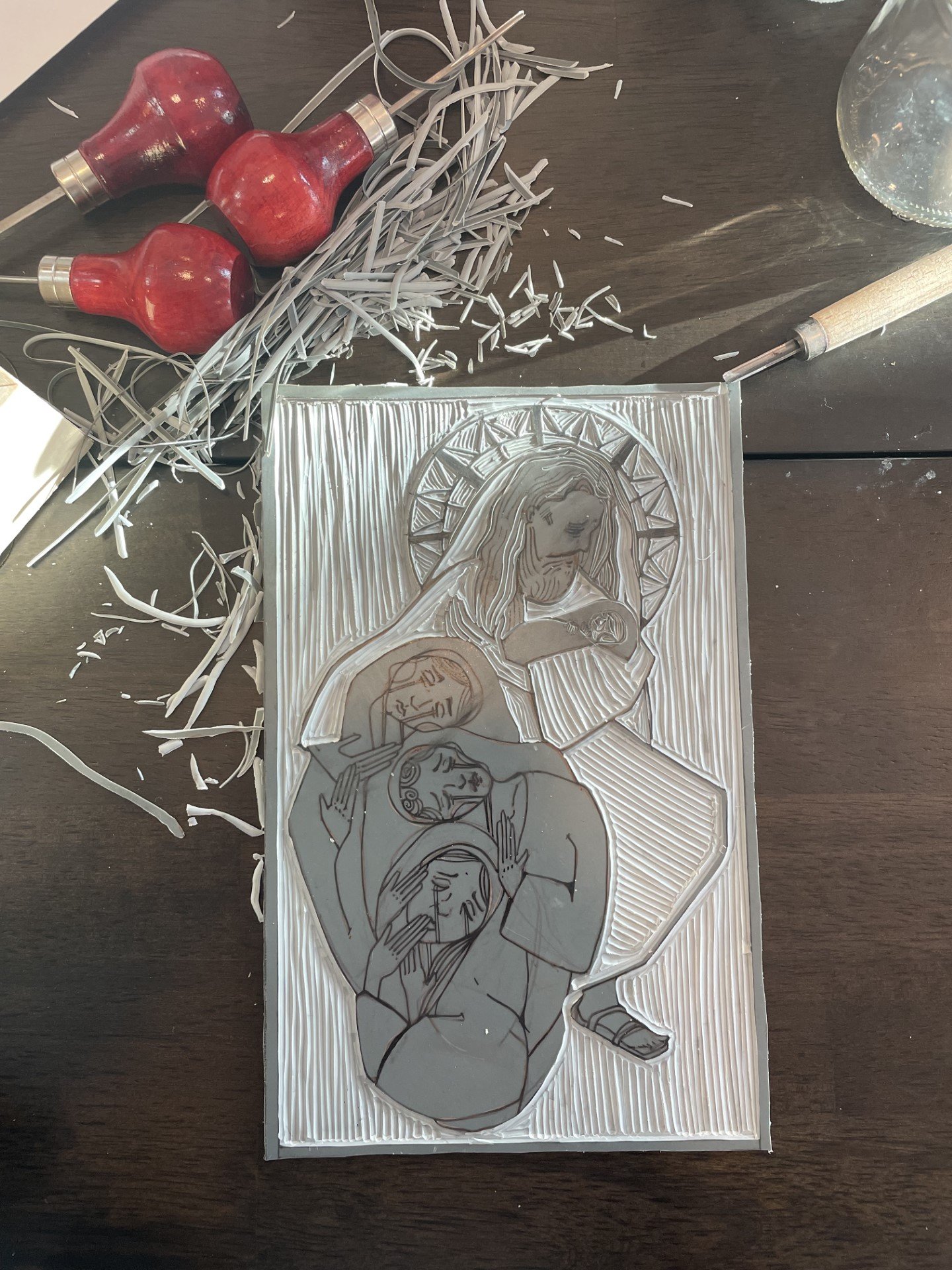Hello all! Three things to share with you as Lent is just around the corner . . .
First: Liturgical Press asked me to create an informal Author Video answering some questions about Come to Me, All of You: Stations of the Cross in the Voice of Christ. They will be sharing short excerpts of the video on social media, but the full video is available on YouTube if you are interested in learning more background about this new version of the Stations, the artwork in the book, and different ways to pray with these Stations. (Tip: If you want to skip from question to question, click “Watch on YouTube” at the bottom of the video below. Once on YouTube, you’ll see a shaded box below the video where you can choose which parts of the video you’d like to listen to.). Here ‘tis if you are interested!
Second: Here’s a great book for Lent — Catherine (Cackie) Upchurch’s daily reflections, Not by Bread Alone 2024. Cackie is a wonderful writer and spiritual companion—wise and insightful—you will enjoy getting to know her this Lent. (You can read a few sample reflections by clicking on “SEE INSIDE” under the book image here.)
And finally: I leave you with one of my favorite quotes, written by Welsh poet and Anglican priest R.S. Thomas, who was known for, among other things, being a bit on the crotchety side. Oh well, I’ve always been a bit partial to crotchety types! I love this quote for Lent . . . always leaning toward Easter. Blessings!
“There have been times when, after long on my knees in a cold chancel, a stone has rolled from my mind, and I have looked in and seen the old questions lie folded and in a place by themselves, like the piled grave clothes of love’s risen body.”
It’s always an honor to be with Cackie!






